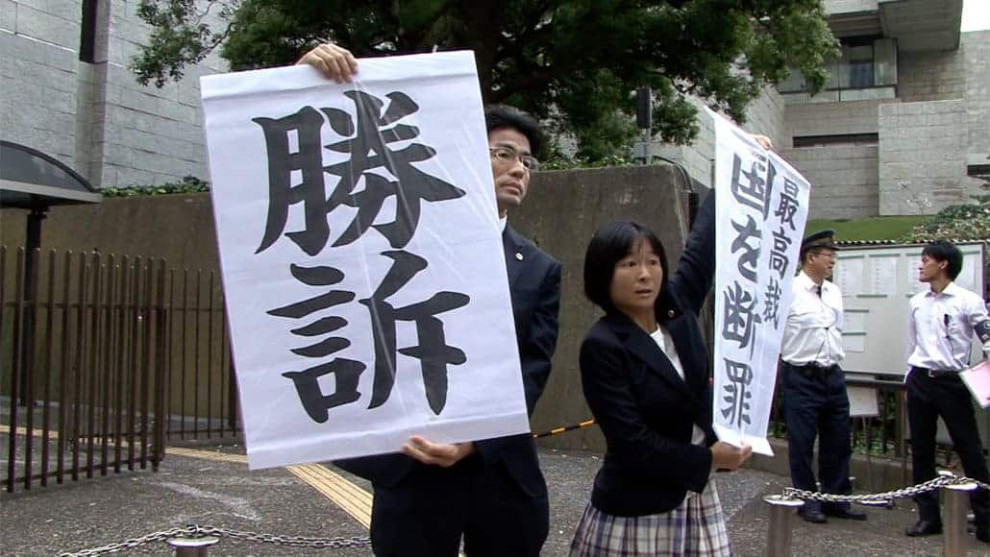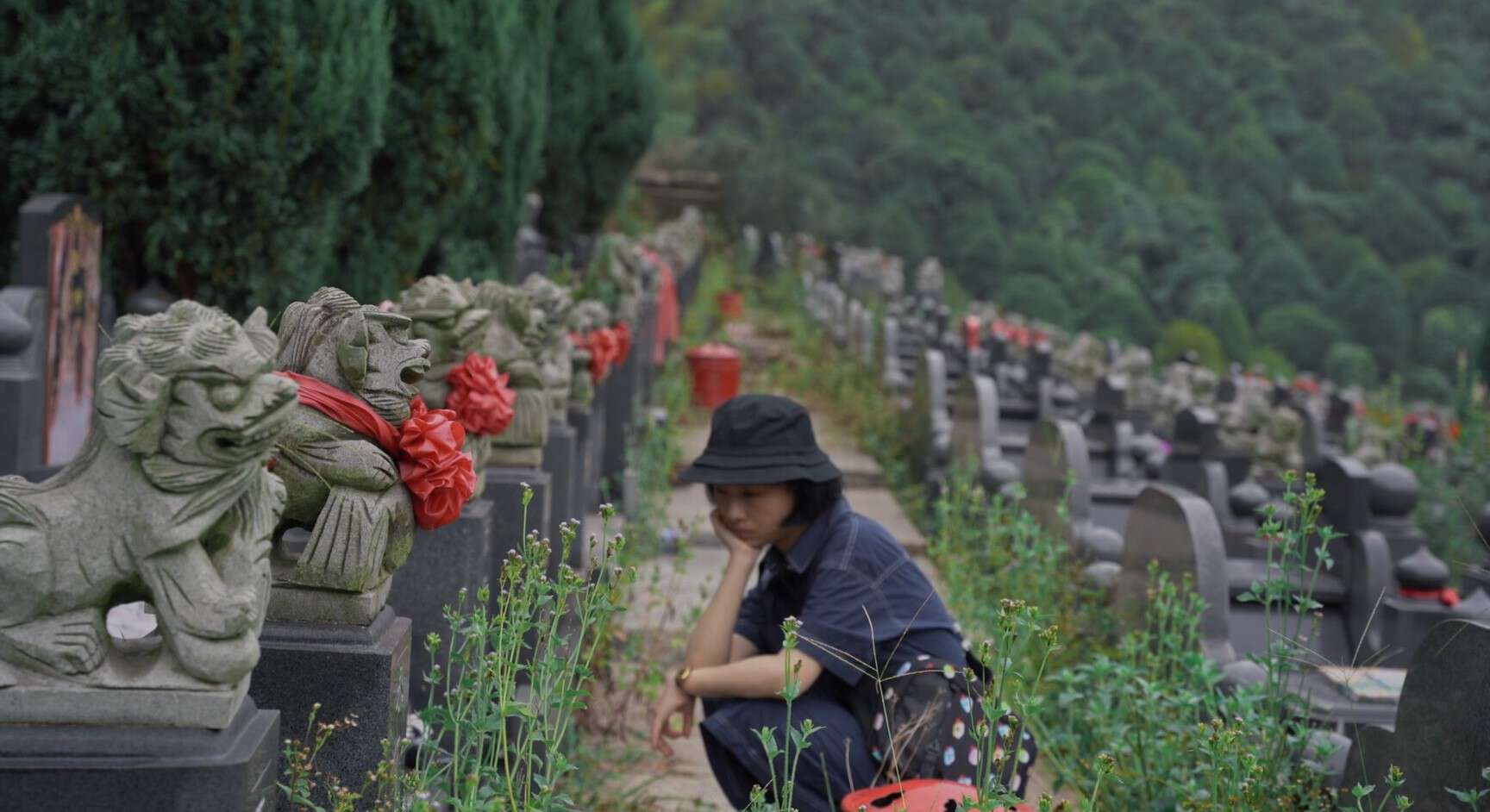“The nail that sticks out shall be hammered down” is nowadays an almost overused proverb to describe the conformity of Japanese society. The filmmaker Kazuo Hara takes a closer look at those nails that stick out. In doing so, his movies become hammers. But instead of hammering those individuals down, the hammer is aiming at the audience. Piece by piece, he is shattering down the viewers presumed idea of Japanese identity.
“Sennan Asbestos Disaster” screened at Japan Cuts 2018

Kazuo Hara, who won a number of renowned Prices, including the Directors Guild of Japan New Directors Award and the Japan Academy Price, gained prominence in the field of documentary filming, because of his raw and sometimes graphic representation of the covert parts of Japanese life.
Starting 46 years ago with “Goodbye CP” (1972), a movie about people with cerebral palsy, and the infamously groundbreaking “The Emporer's Naked Army Marches On” from 1987, in which he follows a Nationalist War Veteran, Hara always showed interest in stories about passion and conflict. By focusing on the unheard and documenting their struggle, he gives them a voice. This voice is unfiltered, sometimes bizarre and always agitating.

“Sennan Asbestos Disaster” is no exception to this. Kazuo Hara reports about the legal battle between the victims of Asbestos in the Sennan Area and the Japanese State. The Sennan Area, located in the prefecture of Osaka, was of big economical importance because of its Asbestos Industry. Before, during and after the Second World War, poor people from the countryside and people from the Korean Peninsula were hired in big companies and began producing asbestos for the arms and construction industry.
Not knowing the danger of asbestos, many of the workers and people who lived closed to the factories suffered respiratory diseases. “Sennan Asbestos Disaster” introduces the two victim groups that fight against the Japanese State for reparation. The focus on a larger group of main characters is quite unusually for Hara's work, who normally focuses on a single person's fate. Nevertheless, the viewer gets to know a variety of many different witnesses and helpers of the victim groups. One outstanding character is Kazuyoshi Youka. He founded one of the organizations, the “Citizen Group for Sennan Asbestos Damage”. His grandfather was running one of the asbestos factories and Youka decided to help the victims because he felt guilty.

The longer the trial takes, the more actions the group take. Because more and more of the victims are dying, the lawsuit turns into a fight against time. The plaintiffs demand a rightful decision. Mr. Youka gets to the point, where his radical acts do not consent with the advice of his lawyer. He tries to intrude the Prime Minister's Office and confront him personally.
In this scene, Kazuo Hara's style becomes most evident. He lets the camera speak. Not only Mr. Youka is radicalizing, but also Hara's cinematic approach. The movie cuts back on special effects and editing. Through long sequences, handheld camera work and uncut material, “Sennan Asbestos Disaster” catches moments of anger, compassion, tension, and exhaustion.
In the end, after eight years of legal and also illegal fights, the trial finally comes to an end. Many of the plaintiffs have died. Hara, who accompanied the families through the whole process, made a testimony about their lives. Intimate moments, like the dying of a victim just a few days before the final judgment is announced, are a powerful statement and underline the powerlessness of this minority. The viewer is left behind with a numb feeling and a cruel impression of the Japanese judicial system. This silent scream is combined with the strong will of every single member of the protest groups, their families and other victims of the Asbestos Scandal, who are willing to stand up and keep the faith.
As many others of Kazuo Hara's films, “Sennan Asbestos Disaster”, doesn't fail to succeed the expectations of the viewer. His eye-opening documentary follows up on the traditions of other Japanese filmmakers like Noriaki Tsuchimoto (“Minamata: The Victims and Their World”, 1971) and Sako Makoto (“Living on Agano River”, 1992) and one can only be excited about Hara's next project.
















